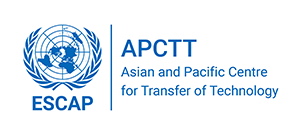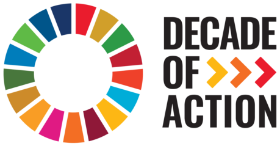Affordable Quake-proof Adobe Housing (Peru)
The shortage of affordable housing combined with the susceptibility of traditional earthen construction to earthquake damage are the basis for IDRC-funded research into developing and promoting improved construction technologies in Peru. Collaborative efforts between the civil engineering department of the Pontificia Universidad Católica del Perú, the Technical University of Nova Scotia, and the architectural faculty of Montreal's Concordia University, have resulted in developing improved technologies for constructing low-cost dwellings. Traditional adobe houses are built of earthen brick. They have been used for centuries in Peru and are popular because adobe, consisting of straw and clay, is readily available and inexpensive. The houses can be built by unskilled workers and are fire resistant. However, adobe lacks the strength to withstand earthquakes. The new adobe construction methods include reinforcing the walls with inexpensive bamboo or eucalyptus poles anchored to the foundation, together with horizontal canes tied to the poles at every fourth row of bricks. The poles are secured to parallel wooden beams on top of the walls, which also act as roof supports. These structural changes allow the walls and roof to react to the vibrations of an earthquake as a structural unit rather than as separate elements. The improved methods were tested at the Pontificia Universidad Católica del Perú on a "seismic table", which simulates earthquakes. The improvements have succeeded in making the adobe constructions resistant to the force of Peru's most severe earthquakes. Several prototype models of houses, schools, health outposts,a small cheese-making enterprise, and community centres were built in co-operation with the Ministry of Health, the Ministry of Education of Peru, the Food and Agriculture Organization of the United Nations, and community organizations. Different methods of information dissemination, including the production and distribution of manuals, radio shows, and videos, were introduced. A major effort is underway to promote and market adobe houses using the construction methods developed from previous IDRC-funded projects. The technology has been presented to various levels of government and the building industry, as well as to "do-it-yourself" home builders. The prerequisites for adobe houses are the availability of soil, straw, sand, and cane material. The practical application of the techniques requires no special skill other than that of a common mason. For further details, contact: Ing. Gladys Villa Garcia Jefe del Laboratorio de Estructuras Antisísmicas Pontíficia Universidad Católica del Perú Casilla de Correo 1761 Lima 100, Peru Tel: 4622540 or 4629515, anexo 259 Fax: (51-14) 611785 E-mail: gvillag@pucp.edu.pe Luis Zegarra Ciguero Departamento de Ingeniería Civil Pontíficia Universidad Católica del Perú Av. Universitaria Cuadra18 San Miguel Lima, PERU Tel: (51 1) 462 2540 Fax: (51 1) 461 1785 E-mail: lzegarr@pucp.edu.pe
Sector: Disaster Management and Mitigation
Country: India
Area of Application: Housing, Earth-quake proof houses
Keywords: Adobe housing, Earth-quake proof housing
Advantages: Low-cost construction
Environmental aspects:
Development Status: Commercial Prototype
Legal Protection:
Technical specifications:
Transfer Terms: Consultancy , Technical Services
Target Countries:
Estimated cost (US$):
Upload any relevant document:
Contact Person: UN-ESCAP/APCTT
Address: C-2 Qutab Institutional Area
City: New Delhi
Country: India
Zip/Pin Code:

